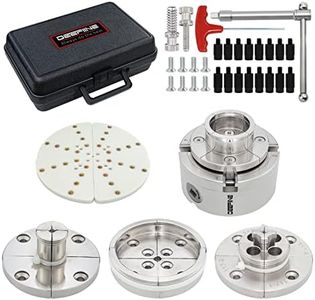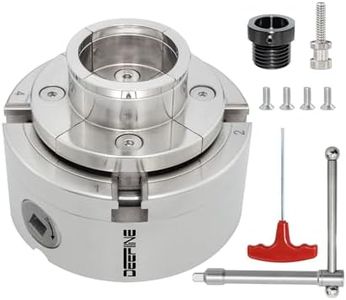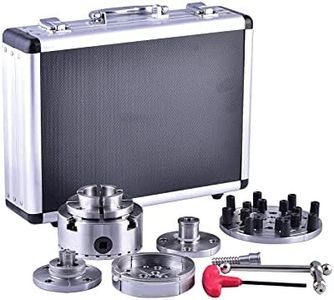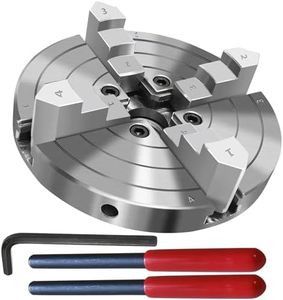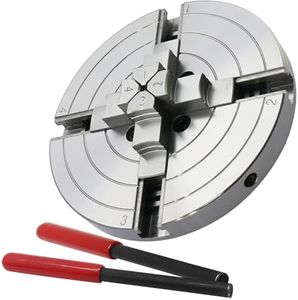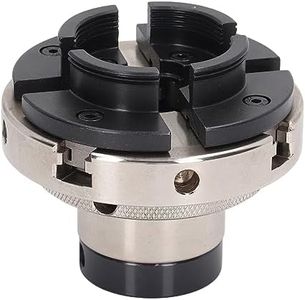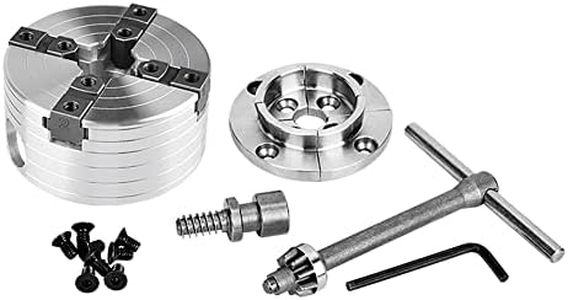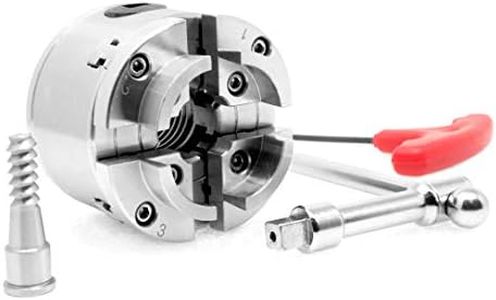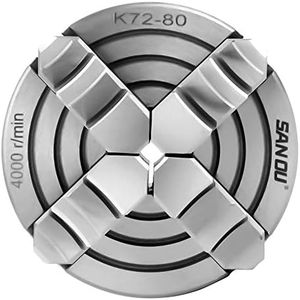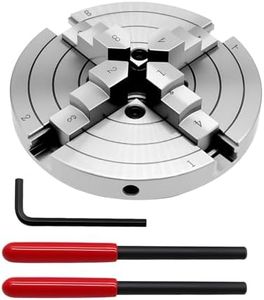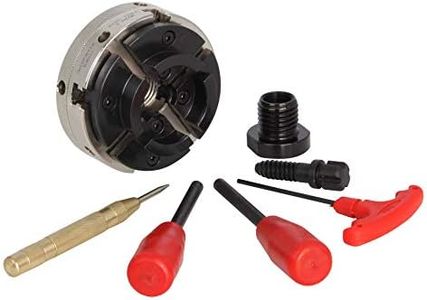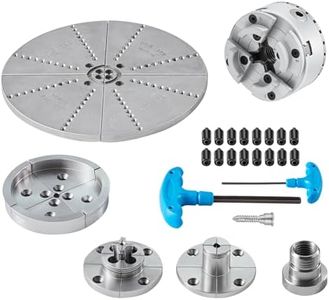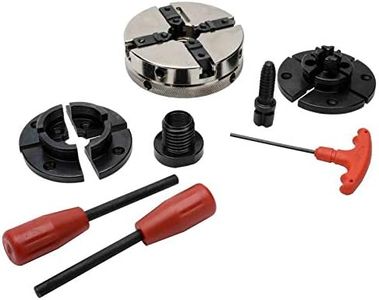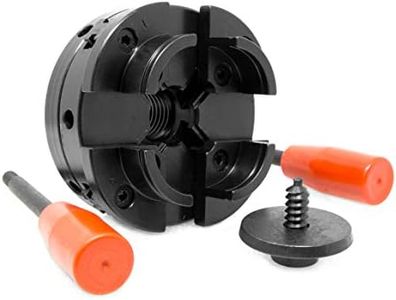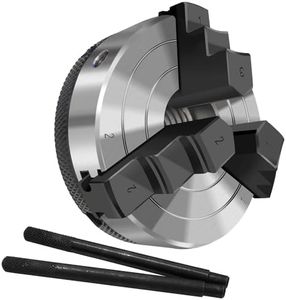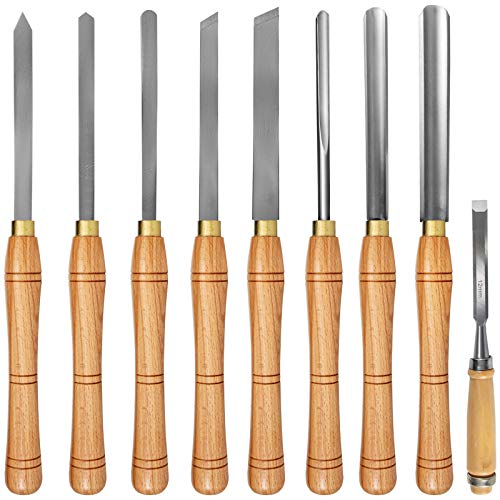We Use CookiesWe use cookies to enhance the security, performance,
functionality and for analytical and promotional activities. By continuing to browse this site you
are agreeing to our privacy policy
10 Best Wood Lathe Chuck Types
From leading brands and best sellers available on the web.Buying Guide for the Best Wood Lathe Chuck Types
Choosing the right wood lathe chuck is important for both safety and convenience in your turning projects. The chuck is the part of the lathe that grips and holds your workpiece, and the right choice can make turning easier, safer, and allow you to work on a wide range of projects. It's helpful to consider what kinds of items you plan to turn (like bowls, spindles, or pens) and how often you'll use your lathe, as these factors influence which chuck features will best support your work.Chuck TypeThe chuck type refers to how the chuck holds the wood piece. The most common types are four-jaw self-centering chucks, screw chucks, pin chucks, and collet chucks. Four-jaw self-centering chucks are versatile and ideal for most bowl and spindle work because they grip securely and adjust quickly. Screw chucks are mainly for starting bowls. Pin chucks and collet chucks are specialized for small or specific shapes. Choose a type that fits the variety and size of projects you intend to turn. For versatile, general turning, a four-jaw self-centering chuck is typically the best all-purpose starter.
Jaw Size and TypeJaw size and type refer to the range and shape of the jaws—the parts of the chuck that physically grip your work. Standard jaws can handle many general tasks, while specialized jaws (like dovetail, step, or pin jaws) enable you to grip unusual shapes or hollow workpieces. Larger jaws are suitable for bigger bowls or platters, while smaller jaws work better for pens or delicate items. Think about the size of the pieces you most often turn; for mostly small work, choose smaller jaws, and for larger work, make sure the jaws open wide and provide a strong grip.
Mounting Thread SizeMounting thread size is the diameter and thread pitch that connects the chuck to your lathe's spindle. Different lathes have different thread sizes, so it’s important to match your chuck to your machine. The most common ones are 1"-8 TPI or M33x3.5, but others exist. If your lathe and chuck threads don’t match, you'll need an adapter, which can add complexity. Always check your lathe's specifications before buying, and pick a chuck that fits directly when possible for the most secure connection.
Ease of Key OperationThis spec refers to how you open and close the chuck jaws—commonly by a key or wrench or via a lever mechanism. Chucks that use a single-handed operation are more convenient and allow safe adjustments without losing your grip on the workpiece. Chucks that require two hands or are fiddly to adjust can slow you down or make mounting awkward. If you value efficiency or often switch pieces on the lathe, look for a chuck with easy and smooth key operation.
Material and Build QualityThe material and overall build of the chuck determines its durability, grip strength, and resistance to wear. Most quality chucks are made from hardened steel or cast iron for strength and stability. Cheaper, lighter chucks may wear out or lose gripping power over time. If you’ll use your lathe often or with heavy pieces, prioritize chucks with robust construction. For light or occasional work, a lighter chuck can suffice, but always look for solid build quality to ensure safety.
